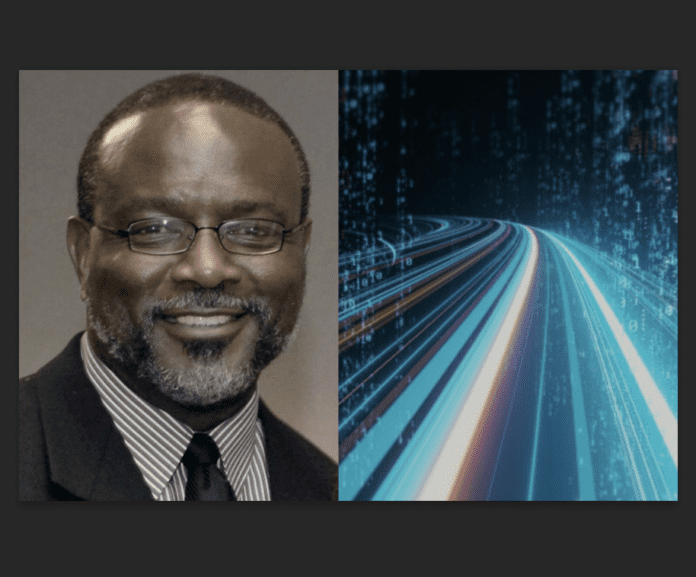Over the last 50 or more years, consumers have experienced an avalanche of technological innovations that have impacted almost every aspect of their lives.
Three of the more impactful of these innovations include (1) the personal computer, (2) the internet, and (3) cellular phones.
The impact these three innovations have had on society has been mind-boggling.
And now, if you add to this impressive trinity of innovation, Artificial Intelligence (AI), you have the most impactful and consequential array of technological geniuses ever assembled.
Artificial Intelligence refers to the development and implementation of computer systems capable of performing tasks that generally require human intelligence.
It is a rapidly growing field and has the potential to transform many aspects of our daily lives.
I must admit, until recently, I have not been paying a lot of attention to AI.
Years ago, early in my career, I was one of those people who got caught up in the excitement of the personal computer. I remember the joy I experienced when I purchased my first IBM PC.
The personal computer has had a profound impact on society. It fundamentally changed the way we work, learn, and play. It enabled people to access information and communicate in ways that were never possible.
I spent hours in front of my PC monitor exploring the programs and power that was now at my beck and call. The same can be said for cellular phones and the internet.
But AI will take us to a whole new level of adventure, especially for educators. The possibilities are both exciting and, quite frankly, scary.
AI’s potential usefulness in education is enormous, transforming how students learn, teachers teach, and educational institutions operate.
Educators, teachers in particular, now have this incredibly powerful tool at their disposal to help personalize the learning experience, analyze data, create content, grade tests and assignments, create lesson plans, and communicate with colleagues and parents.
Students now have their own virtual assistants (chatbots) available to them 24 hours a day, seven days a week.
A chatbot is an artificial intelligence application designed to simulate or mimic human conversation through voice or text interactions.
With AI chatbots, you can get individualized help with essays, research papers, mathematical problems, and a host of other academic assignments or projects.
I downloaded two AI chatbots to my computer – Google Bard and GTP chatbots – to assist in writing this article.
Both were easy to use and extremely powerful.
I had never used either of these tools before, but I must say I am thoroughly impressed.
What’s most impressive about today’s AI-powered technology is that it can comprehend your inquiries and produce human-like responses.
It makes you feel like you are conversing with a real person or colleague.
Artificial intelligence is a rapidly expanding field that can potentially transform many aspects of our daily lives. But there are also some potential risks associated with AI that need to be thought through.
As AI continues to develop, the ethical implications of this technology are paramount.
For example, how will we ensure that AI systems are fair and unbiased and are not being used for malicious purposes?
To mitigate the dangers and risks, educators and policymakers must approach the integration of AI with careful consideration.
This includes thoughtful planning, ethical guidelines, transparent AI algorithms, ongoing professional development for teachers and administrators, and ensuring that AI systems align with educational goals and values.
Balancing the benefits of AI with the expertise and human touch of educators is essential for creating a thriving and equitable educational environment.
AI systems are fallible, they can and do make mistakes. They occasionally produce inaccurate results. I quickly found that out while test driving the two chatbots mentioned above.
Educators should be aware of the limitations of AI technology and critically evaluate the information or recommendations they produce.
Relying blindly on AI without cross checking the information can lead to flawed personnel, organizational, and instructional decisions.
The future of AI holds immense potential to transform the way we teach and learn.
The next three to five years will be exciting. As technology evolves, we can expect to see more astonishing and transformative applications.
Balancing the benefits of AI with responsible implementation will be crucial in leveraging its full potential. I can’t wait to see what the future holds for this remarkable technology.
(Follow me, TSD’s education columnist, on Twitter @curtisweathers. Email me at curtislweathers@gmail.com.)



